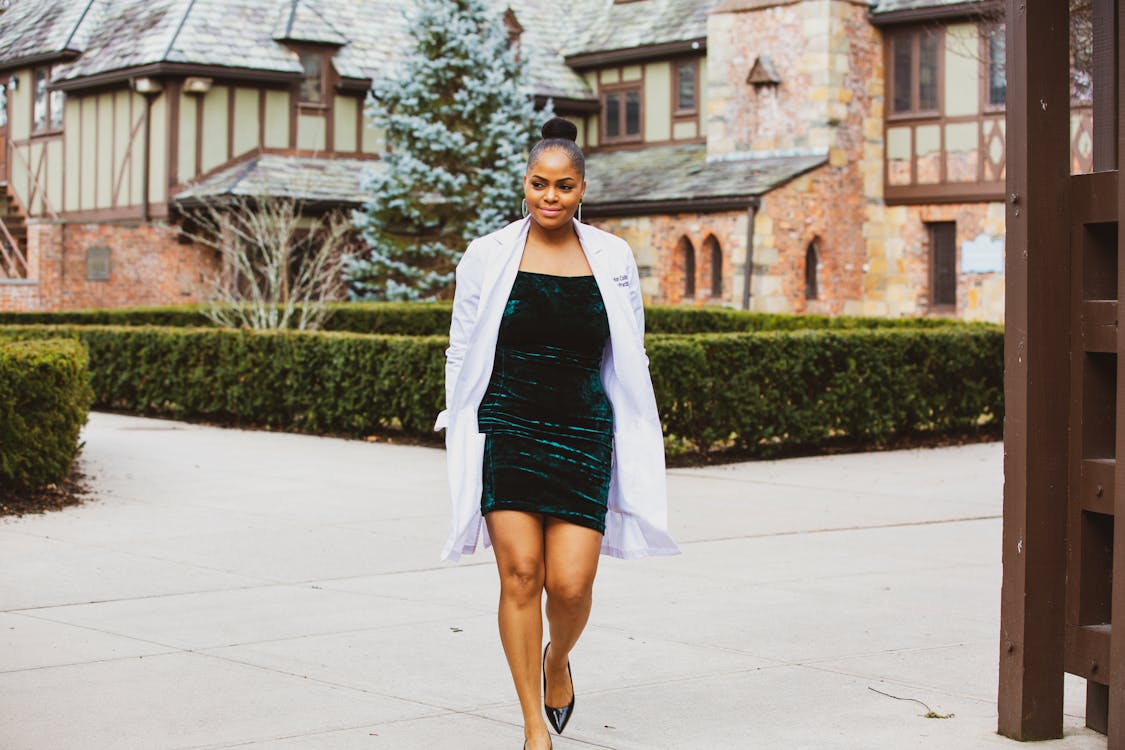In the fast-paced world of medicine, where every second counts and lives are on the line, one might think that professional attire takes a backseat to skill and expertise. But let me tell you, first impressions matter just as much in scrub pants as they do in suits!
Whether you’re a seasoned doctor or a fresh-faced medical student about to embark on your career journey, this guide is here to help you navigate the labyrinth of professional attire in the medical industry.
From lab coats to stethoscopes, we’ll delve into everything you need to know about dressing for success while commanding respect and exuding confidence. So, grab your white coat and get ready – it’s time to look like the true healthcare hero that you are!
Introduction to Dressing for the Medical Industry
Table of Contents
As a medical professional, it is important to dress for success in order to promote a positive image of yourself and your organization. There are many factors to consider when choosing professional attire, including the type of job, the workplace culture, and the patient population. Of course, there are times you’ll simply need to wear scrub pants and tops because your environment requires it.
In general, medical professionals should err on the side of conservative clothing choices. This means avoiding anything that is revealing, tight-fitting, or extremely casual. When in doubt, it is better to be overdressed than underdressed.
Appropriate Attire for Men and Women in Medical Settings
When it comes to professional attire in medical settings, there are a few things to keep in mind. First and foremost, it is important to remember that you are representing yourself and your company, so it is important to dress in a way that is both professional and respectful.
Secondly, while you want to be comfortable, it is also important to remember that you are working with patients and their families, so your clothing should not be overly casual or sloppy. Keep in mind that certain medical settings may have specific dress code requirements, so be sure to check with your employer before selecting your outfit.
With all of that said, let’s take a look at some appropriate attire for men and women in medical settings:
For women:
– A tailored suit or skirt suit in a conservative color
– A blouse or shirt with a collar (no tank tops)
– Dress pants or khakis
– Closed-toe shoes (heels are fine as long as they are not too high)
For men:
– A tailored suit or sport coat in a conservative color
– A dress shirt with a collar (no tee shirts)
– Dress pants or khakis
What Not to Wear in a Professional Setting
There are a few key things to avoid when dressing for a professional setting in the medical industry. First, steer clear of anything too casual or revealing. This includes shorts, tank tops, and miniskirts. Second, avoid anything that is overly flashy or attention-grabbing. This includes sequins, bright colors, and patterns. Third, make sure your clothing is clean and wrinkle-free.
Shirts should be tucked in, and shoes should be polished. Fourth, avoid wearing anything that could be considered offensive or controversial. This includes T-shirts with profanity or offensive images/slogans, as well as clothing that is excessively tight or revealing. Remember to dress for the occasion.
If you are unsure what the dress code is, it is always better to err on the side of caution and dress more formally than you think is necessary.
Shopping for Professional Clothing

When it comes to professional attire, there are a few key things to keep in mind. First and foremost, you want to dress for the job you want, not the job you have. This means dressing in a way that is both stylish and appropriate for the medical industry. Second, you need to be mindful of your budget. Professional clothing can be expensive, so it’s important to find pieces that are affordable yet still look great. Don’t forget to accessorize! A well-chosen accessory can really make an outfit pop.
With these essential items in your closet, you’ll be sure to make a great impression at work every day.
Conclusion
Professional attire in the medical industry is essential to making a good impression and creating an air of credibility. With this guide, you now have a better understanding of how to dress appropriately for any situation that may arise. Dressing for success will not only make you look polished and professional, but it can also help boost your confidence as well.
Whether you are interviewing for a job or attending an important meeting, dressing professionally will ensure that you stand out from the crowd and make an impactful statement about yourself.
- How To Create A Safe And Comfortable Home Environment For In-Home Care In Boca Raton? - July 16, 2024
- 10 Trendy Black Nail Ideas To Elevate Your Nail Game - May 6, 2024
- Getting A Free Divorce In Virginia? Here’s What To Expect - April 24, 2024





No Comments